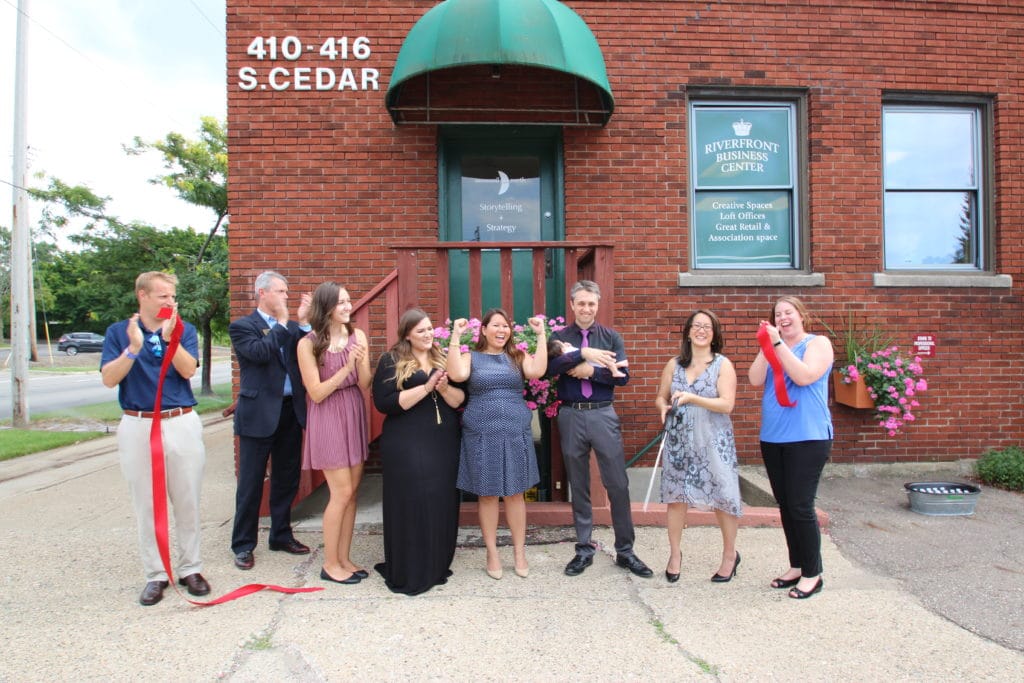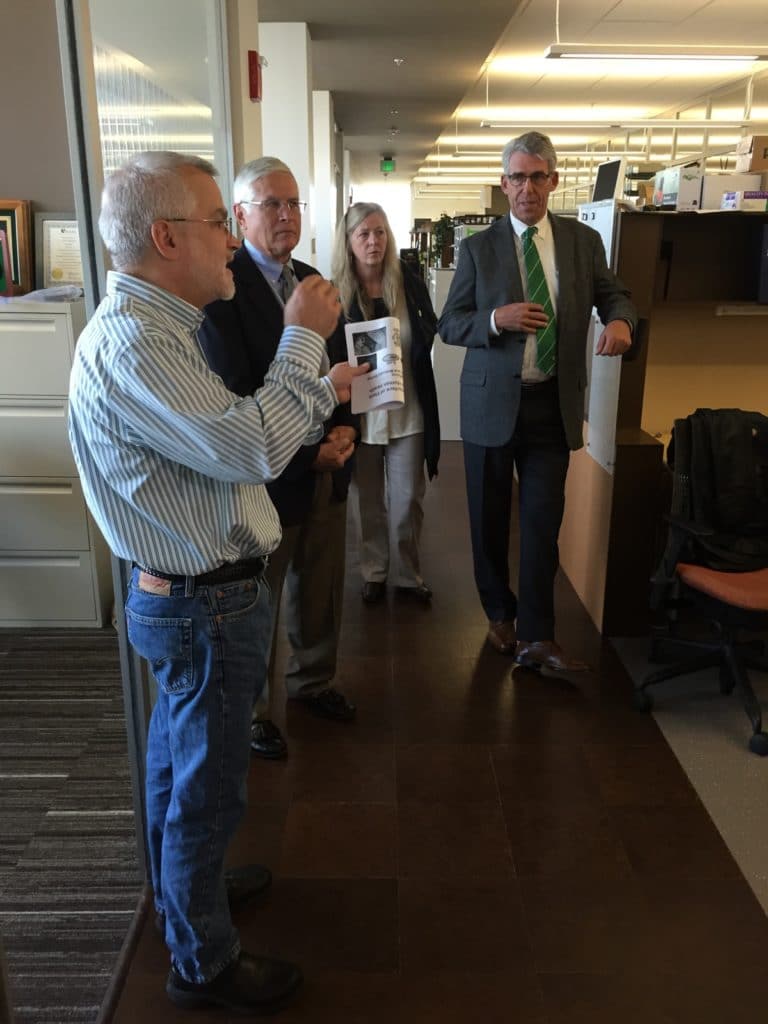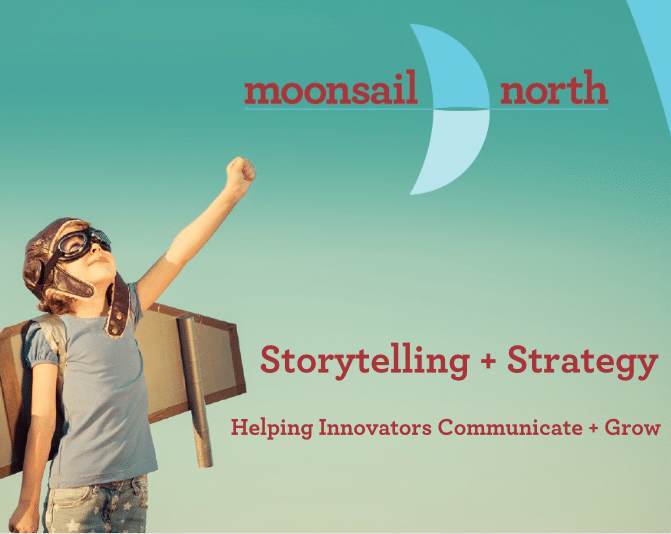Adding visuals to any story creates a bigger impact and results in more engagement from viewers. But you can’t just pick any photo; you must be intentional in your visual storytelling. It’s important to choose great photos for everything from daily social media posts, website header photos and marketing ads to presentations, brochures and newsletters. Anytime you interact with someone, you have the opportunity to make a visual impact.
As storytelling consultants, we get to help clients understand how to frame, take and choose great photos — ones where clients are directly facing the camera, ones that have great lighting, interesting angles, and make the viewer feel something.
It’s worth taking the time to look through all of the available photos. This way, you can scrutinize the tiny differences between each version and pick the photo that will create the greatest impact on the viewer.
When selecting high-impact photos, make sure to look for these elements:
- Brand Representation
Does the photo represent your brand and tell the right story about your company or event? When it comes to imagery, be sure to choose the photos that fit your brand’s voice, style, mood or values and gives detail about what was going on. For example, if you’re a party planning company, you’ll want to choose photos that are bright and happy; if you provide natural disaster support, in-action shots of rescues are more appropriate and engaging.

- Unusual angles
Don’t use boring shots, but choose the photos with an interesting take. If you’re selecting photos from an event, pick a variety of shots: from the back of the room (capturing the audience and speaker), from the front of the room (capturing the audience), from the sides of the room, wide shots (focusing on the entire room), tight shots (of one or two individuals) and a few “artsy” ones (over the shoulder shots, etc.).

- Interaction
Great marketing forges a personal connection between the brand and customer, so including people in your visuals is key. Candid shots of individuals talking to each other, laughing, reading or participating in group activities will make for the best photos. Pro tip: be sure to capture people’s faces and not their backs.


- Evoking emotion
You’re trying to connect with the person on the other side of a computer or phone screen, and the quickest way to earn their interest is to evoke emotion. This simply means that your photos say something. They may speak to the viewer about something funny, moving or thoughtful. They may capture a mood and put your viewer in a state of contemplation. It’s more important that the spectator feels something rather than specifying what feeling you’d like to portray.

- Focus on the subject
Another thing to be cautious about is making sure the photo is not cluttered. You may need to crop in to make the viewer focus on the subject. We recommend using PicMonkey for cropping, resizing and more of your editing needs.


While authentic photos are ideal, if you don’t have good photos due to bad lighting or other issues, it’s better to use a good stock photo. You can get great free ones at Pexels.
For more ideas on how to choose the best imagery, this iStock webinar will help you decide what makes a powerful image.
While these elements will help in selecting the photos to publish after an event, we’ve also shared best practices while taking photos so that your post-processing will be even easier!

